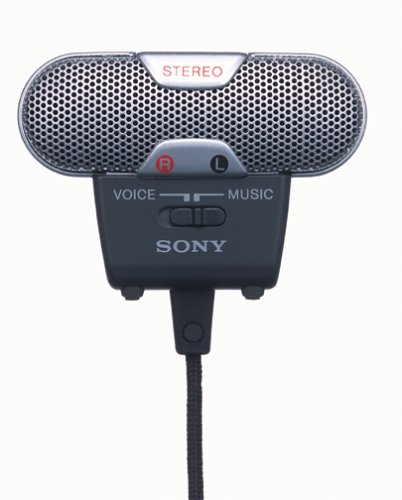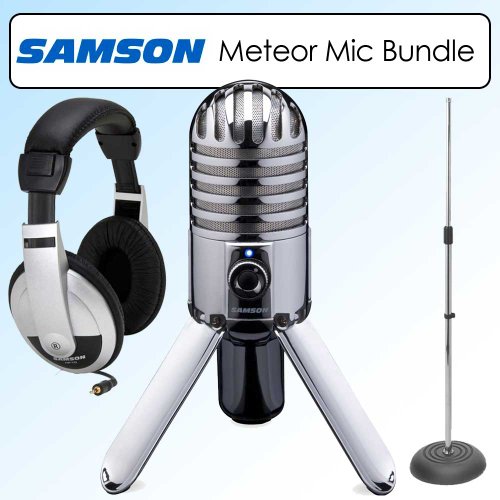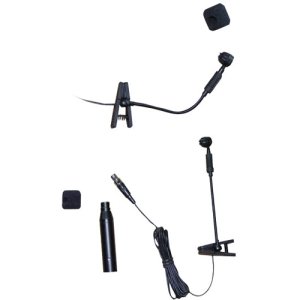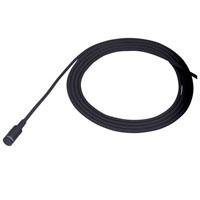This is for all you do-it-yourself-ers out there. Recording vocals is the trickiest part of recording a CD, and because it is the last step in the recording process it pays to get it right. So, before you start crooning your soon-to-be smash joint, you will want to make sure that everything in your studio is set up correctly. Following are a few tips that will help you do it right the first time.
#1. Get your recording ready for your voice. This simply means that before you add your voice to the recording... have everything else in place...your instrumentation is completed and mixed to perfection. I know you're eager to hear yourself on that money-maker but if you fail to do this... you are in for dismal failure at worst, confusion and remixes at best. So, take my advise and don't put the cart (your voice) before the horse (the instrumentation) if you want to create a masterpiece.
#2. Prepare an enclosed space to record your voice. After you have recorded and mixed your instrumentation...it is time to prepare your studio for recording vocals. Think old- fashioned-phone-booth-with-sound-deadening-insulation and you will get the picture, although the space doesn't need to be quite that condensed. In other words, you want a space that is enclosed and muffled in such a way that doesn't cause the voice to bounce off the walls from the resonance. A smaller room does this better than a large room.
#3. Use the best microphone that you can afford as the quality of your microphone... (and the way you use it) will ultimately determine the sound quality for your vocal recording. While the microphone doesn't have to be expensive, you should avoid low-cost bargain-basement models. Although professional studios tend to use capacitor microphones, a good back-electret or a dynamic vocal microphone can produce excellent results.
#4. Experiment with the placement of the microphone. Some singers will be okay with 6 inches from the mouth while others may need to be closer to the microphone. The microphone should be set in place to pick up all sides of the voice without picking up all the other sounds in the room. Also, the more enclosed and deadened the sound (as mentioned before), the easier it will be to capture the voice.
#5. Use a pop filter - not a foam mic cover. The pop filter will eliminate many of the hissing sounds created by s's and pop sounds made by b's and p's.
#6. Prevent "red zone" peaking. When a voice goes into the red zone it has gone past the maximum allowable volume. To keep this from happening you will need to keep the voice condensed in a specific area. This is why compressors were created. However, the singer can also help with this by pulling back from the mic slightly when singing louder or leaning into the mic for softer, more intimate phrases. Using the pop filter will keep you from getting too close to the mic and this is a good thing for beginners.
#7. Your voice and effects. Don't go overboard with EQ and reverb while recording. As a matter of fact, you should record the vocal as dry as possible. As with instrumentation you may also want to consider noise gates, which stops the sound from resonating before it is recorded. This is helpful if the voice naturally resonates by having a cut off point where the resonance will stop, making everything clear instead of sounding like it echoes. However, as with the other vocal effects, be careful when applying noise gates as you don't want to create an unnatural sound. It is best to use effects and noise gates after the voice is recorded as it can then be treated like any other instrument, meaning you can normalize the sound waves, manipulating the volume and gain.
#8. After the recording is finished you can manipulate the sound, adding reverb, flanges, autotune, etc. The degree of manipulation depends on the type of voice you have and the effect that you want to achieve. Since the recording is finished you can experiment here, first analyzing the type of voice you are working with before adding effects such as reverb in the mix. For example, if the voice has a strong resonance, reverb will make it sound like an echo. Adding resonance to a clearer voice, however, will add a little spark to the mix.
As you can see... recording vocals doesn't have to be hard and complex. Just think of it as putting the icing on the cake. Give yourself room to experiment... and allow yourself the freedom to be different. By taking the time to understand the process... and following the tips outlined here... you will be sure to get the exact sound you are looking for every time.














